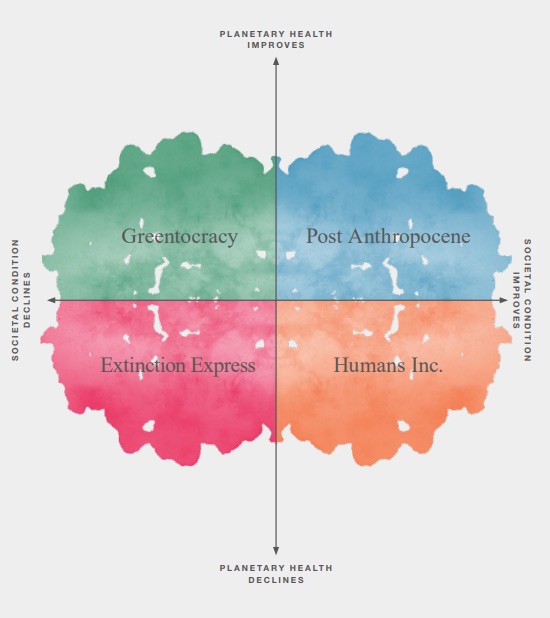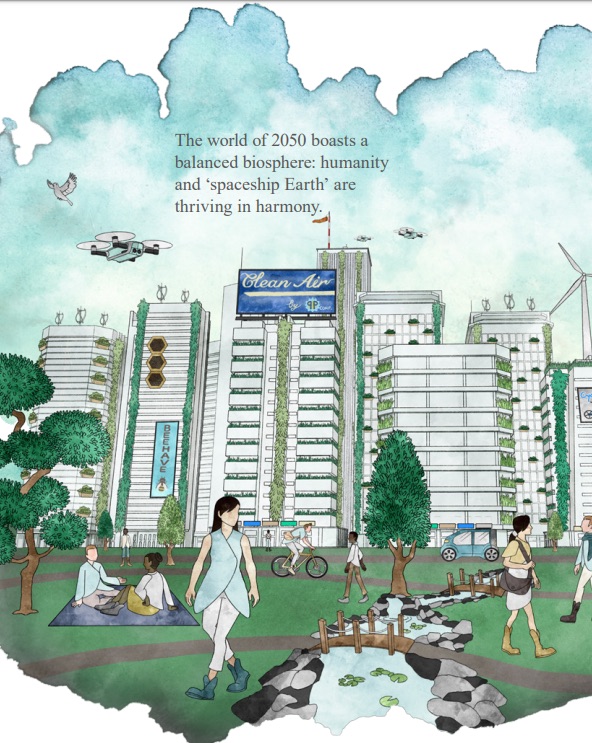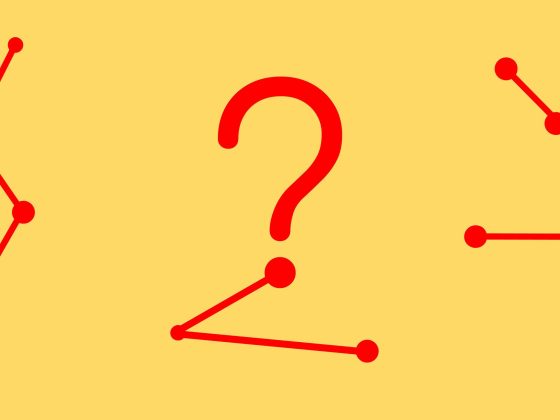The world is in a state of rapid change. Depending on our collective priorities and choices, there are plausible scenarios for the world’s fate in the year 2050. This is the premise of Arup’s recently published white paper, 2050 Scenarios: four plausible futures.

The first of these four possible outcomes is called Post Anthropocene by Arup. From the diagram above, the Post Anthropocene scenario is characterized by two conditions:
- Planetary health improves
- Societal condition improves
What else is there to expect if we end up in this scenario? Let’s explore further.
Utopia

Among the four scenarios and the factors taken into account, a Post Anthropocene scenario is the most ideal scenario among the four. It is the scenario where humans are in harmony and the world is in a regenerative phase, almost like a utopia.
Such ideal scenarios rarely materialize fully, unfortunately. However, it is important to look into such an outcome in order as a way to align our policies in actions.
No borders
The society in the Post Anthropocene scenario is characterized by a low wealth gap. Workers can pursue jobs that do more than provide them sustenance. They are paid a living wage so that they can freely explore the world and pursue knowledge.
Apart from financial resources, the future society is able to enjoy such widened horizons thanks to the drastically improved literacy rates. Cross-border collaborations in research and the sharing of knowledge are also common practices.
In a Post Anthropocene world, we have a society which values humans. Because of this, an environment that will enable them to live life to the fullest was shaped the decades preceding the year 2050.
Data-driven consciousness
If 2050 ends up being the Post Anthropocene scenario, people are collectively conscious and science-based when it comes to matters involving the world.
Resources and emissions are moderated by targets. Artificial Intelligence (AI) systems update people about their carbon emissions in real-time. Agricultural practices have been improved to a level that they are truly sustainable.
This balanced planet in this scenario is made possible by a close collaboration of the world towards progress. There is a recognition among the leaders of the world that a healthy planet will also lead to healthy citizens. At the same time, they acknowledge that health citizens are also a prerequisite for a healthy planet.
Arup also predicts that by 2040, the predominance of AI on the planet will also lead to discussions about giving AI a voice. They said that this will be a controversial topic which will be dealt with a healthy discussion.
A tough challenge
For us to reach this scenario a few decades from would be a tough challenge. Given the volatility of our society and the troubles the planet is currently facing, this outcome is undeniably unlikely.
So are we just to give up and enter a state of complete neglect? Not at all. As much as this scenario is one that most likely will not be attained by 2050, we can still shape the world in such a way that eventually, a Post Anthropocene scenario will be our fate.
One of the many
As mentioned, the Post Anthropocene case is only one of the four scenarios that the world will end up being in by the year 2050. We have also established that this scenario is the most ideal one, characterized by a healthy society and a healthy planet.










